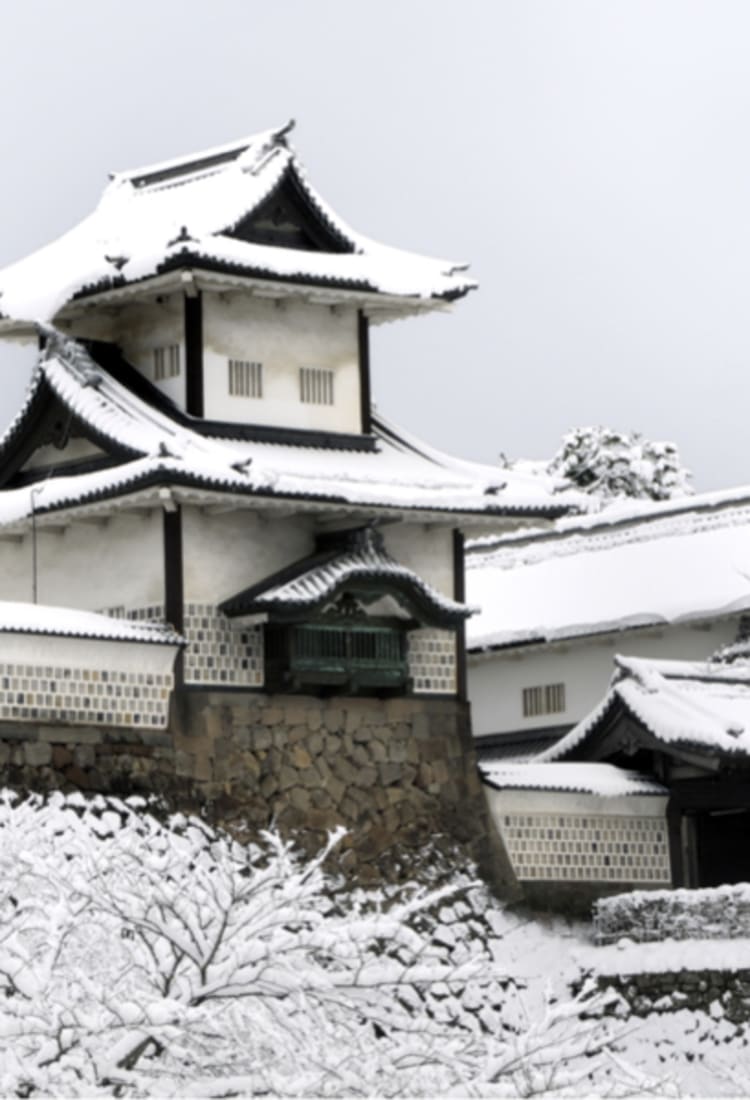
From the classical to the modern — Take a tour of Kanazawa’s many famous architectural sites
From the classical to the modern — Take a tour of Kanazawa’s many famous architectural sites
Set out from Kanazawa Station and take in the city’s historical sites.

A trip to Kanazawa from big-city Tokyo or Osaka takes around two and a half hours by shinkansen or limited express train. The tour around famous architectural sites begins the minute you step off the train at Kanazawa Station, a place we might call the entrance to Kanazawa City.
At the east entrance of the station, travelers are met by the 13.7 m high Tsuzumi Gate, designed by Shirae Associates, an architecture firm led by architect Ryuzo Shirae. His design motif was the Tsuzumi,*1 an instrument used in Noh which is a type of traditional Japanese performance art.
The giant glassed-in dome is also beautiful — so stunning in fact, that it was chosen as one of the World’s 14 Most Beautiful Train Stations by US travel magazine “Travel & Leisure” in a 2011 online edition.
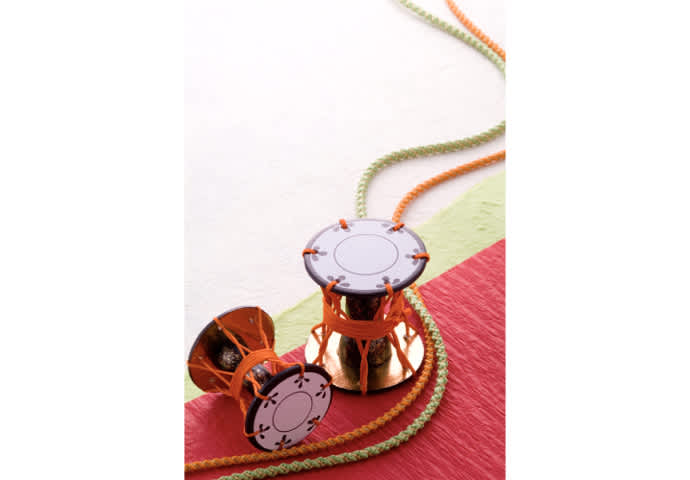
After leaving Kanazawa Station, the first place to head for is the area surrounding Kenrokuen (English available), a garden created by one of Japan’s feudal lords, now designated a Special Place of Scenic Beauty by Japan, and Kanazawa’s most popular sightseeing spot. The reason soon becomes clear. The sights are thick on the ground in this area, with both reminders of the castle town history, and also ingenious modern architecture.
The best way to access the Kenrokuen area is by bus or rent-a-cycle. For buses, there is the Kanazawa Loop Bus (English available) which loops in two different directions from the Kanazawa Station, and the Kenrokuen Shuttle (English available) which is convenient for accessing the area surrounding the Kenrokuen. The trip to Kenrokuen takes around 10 minutes.
If you elect to use the Kanazawa City operated rent-a-cycle service, Machi-Nori (English available), you can sign up from any of the 21 cycle ports in the city and soon be on your way. Bicycles can be returned at any of the 21 cycle ports.
Kenrokuen is an extensive circuitous walking garden that numbers among the Three Great Gardens of Japan. Yukizuri,*2 carried out in winter to protect the garden’s trees from being crushed by snow, is a piece of visual poetry that heralds winter. Feast your eyes on the beautiful snowscapes.
*2 To protect branches from breakage or damage caused by the weight of the snow, ropes are strung in a protective conical shape around the tree.
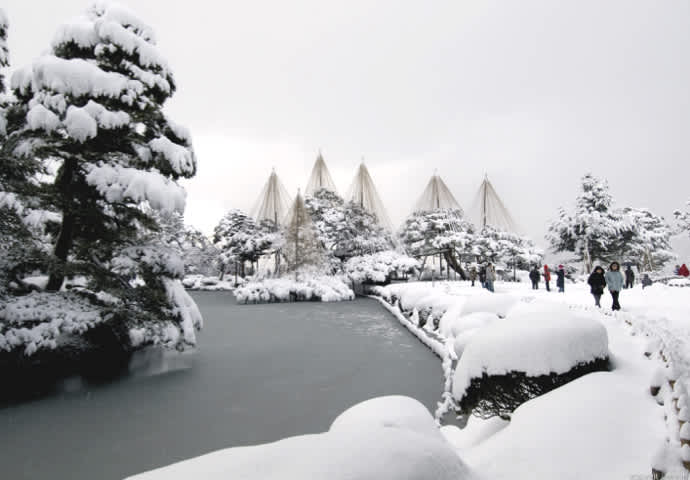
The Kanazawa Castle Park, located next to Kenrokuen, is the former site of the Kanazawa Castle where successive generations of Kaga Domain’s feudal lords spent their days. Although the original structure burned to the ground, the gardens, turrets,*3 gates, and other buildings have been reconstructed, letting us picture how it looked in the past.
*3 A structure used in Japanese castles mainly for the purposes of defense and surveillance.
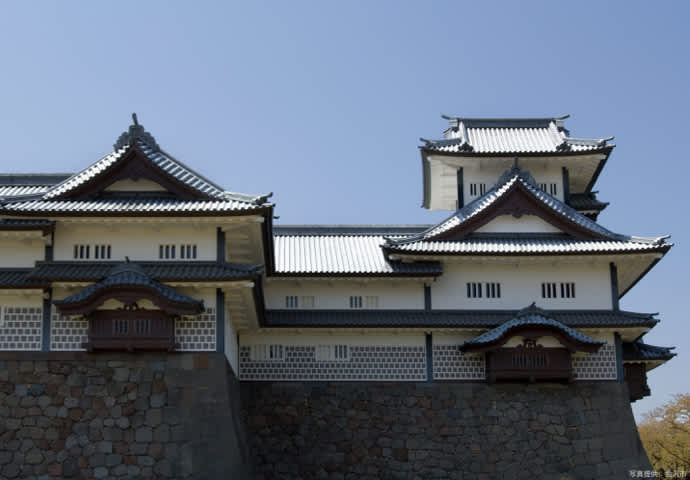
After getting a sense of the history of castle-town Kanazawa, it’s time to fast forward a little and head to a building that snaps us back to modern civilization. The Ishikawa Prefectural Museum of History is a three-building complex constructed as a weapons storehouse in the beginning of the 20th century.

These days, two of the three buildings house the Ishikawa Prefectural Museum of History, and the remaining building is home to the Kaga-Honda Museum. The architecture, cutting edge at the time, incorporated western elements that differed from traditional Japanese wooden structures. In today’s world the buildings exudes a retro appeal.
Tour modern art pieces and experience the world of Zen
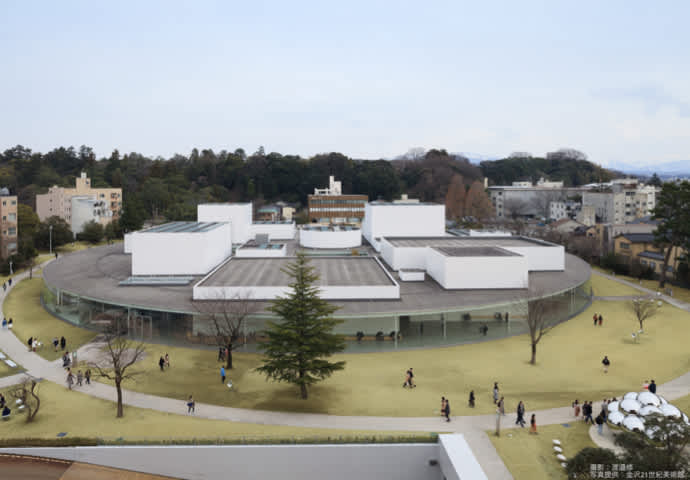
Just next door to historical sites such as the Kanazawa Castle Park, Kenrokuen, and the Ishikawa Prefectural Museum of History, is a modern circular building that attracts visitors from all over the world — the 21st Century Museum of Contemporary Art, Kanazawa (English available). In 2004, this building was awarded the Golden Lion for the most significant work at the Venice Biennale of Architecture. The design was the work of SANAA, the architectural firm of Kazuyo Sejima and Ryue Nishizawa, two architects who were jointly awarded the Pritzker Architecture Prize in 2010, a prestigious award known as the “Nobel Prize of architecture.”
This unique design, which is circular when seen from above, makes no distinction between the front and rear, and visitors are free to wander in and out of the four entrances at will, making it an “art museum that opens itself up to the town”.
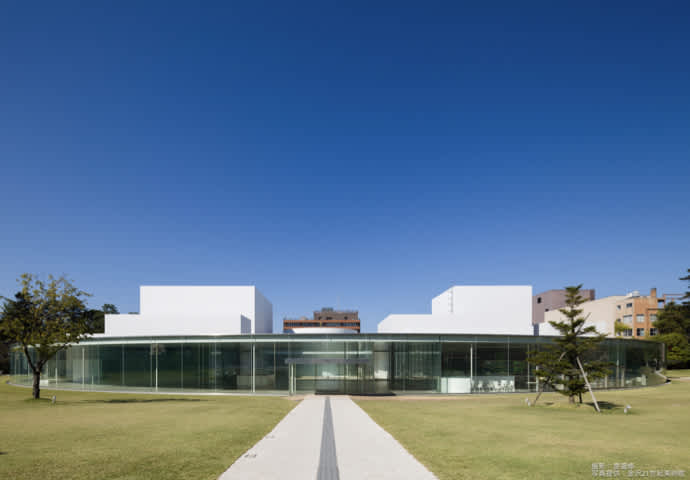
Among the permanent exhibits are several experiential art works including Leandro Erlich’s “Swimming Pool” and James Turrell’s “Blue Planet Sky.”
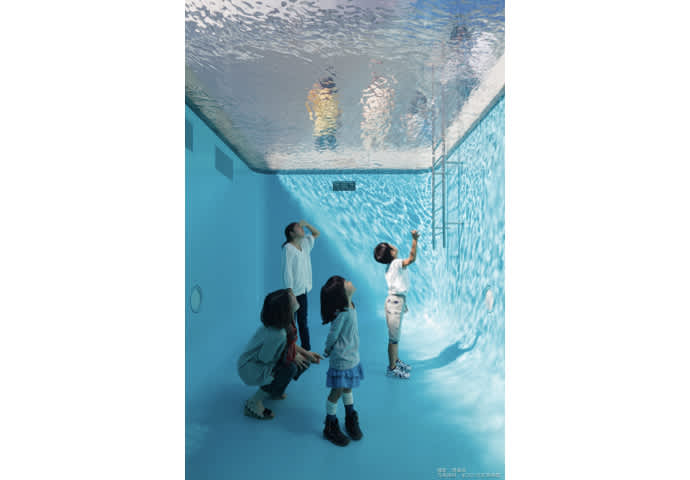
The building also houses a cafe and restaurant, perfect for when you need a rest.
Nearby there is another building that has a different feel about it. The D.T. Suzuki Museum introduces visitors to Daisetz Suzuki, a Buddhist philosopher born in Kanazawa City.
Designed by Yoshio Taniguchi, one of Japan’s preeminent architects, the museum is composed of three spaces and three gardens. Inside the Contemplative Space of the square, white wing, visitors can seat themselves on stools covered with thin tatami and gaze tranquilly at the waterscape via doors opening out onto the Water Mirror Garden.

An architecture museum is also scheduled to open in Kanazawa City in 2019. There is no doubt that the architectural tourism scene in Kanazawa will gather even more momentum in the coming years.
Don’t forget Kanazawa’s winter delights: onsen and crab

Visiting Kanazawa in winter? Don’t leave without trying its onsen and gourmet dishes. If there is one taste that represents Kanazawa, it’s fresh seafood. The Omicho Market in Kanazawa City’s urban area boasts a 300-year-old history, and around 180 stores across a wide range of food types including fresh fish, fruit and vegetables, dressed meat, and deli items. The market also houses restaurants, making it a great opportunity to enjoy seasonal delicacies such as kaisendon, rice bowls topped with sashimi, and sushi. This is particularly true in the months between November and March, when it is the fishing season for snow crabs. The meat is sweet with a delectable flavor — bon appétit!

To wind down after your travels, we recommend a stay in the Kaga Hot Springs Area where onsen towns such as Yamashiro Onsen, Yamanaka Onsen, Katayamazu Onsen are concentrated. Kagaonsen Station, around 30 minutes from Kanazawa Station on a limited express, makes an excellent base for visiting other onsen by bus.
One onsen that aligns perfectly with the “architectural tour” theme of our journey is the Kaga Katayamazu City Spa located in Katayamazu Onsen. This facility was designed by Yoshio Taniguchi, the architect responsible for designing the D.T. Suzuki Museum. The modern glassed-in building is fitted out with two baths, and the view out over the lagoon from Kata no Yu, in particular, is spectacular.

Katayamazu Onsen is one of the many hot springs in the Kaga Hot Springs Area. With the Yamashiro and Yamanaka Onsen areas close by, the surrounding countryside is also studded with famous lodgings.
Of these, Araya Totoan (English available) in Yamashiro Onsen has the distinction of having a hot spring with supply that is top grade even amongst those in Yamashiro Onsen. The hotel is also famous in connection with the noted 20th century ceramic artist and gourmet Rosanjin Kitaoji, and guests are treated to seasonal gourmet dishes presented on specially-selected dishes.
Another well-known lodging in Yamashiro Onsen is Beniya Mukayu (English available), meaning “as in nature.” Here, there is no need to leave your room, as each guest room looks out onto natural mountain gardens and contains a private open air hot-spring bath. Guests are also treated to wonderfully inventive dishes made with seasonal produce sourced locally.
Visit Kanazawa and you’ll find plenty of opportunities to indulge yourself before and after you take in the charms of its famous architecture.


<For more information>
·Kanazawa City Official Tourism Website Kanazawa Tourist Information Guide
·Kenrokuen
·21st Century Museum of Contemporary Art, Kanazawa
·D.T. Suzuki Museum
·Araya Totoan
·Beniya Mukayu
·Omicho Market




















































